Twin-Turbocharging: How Does It Work?
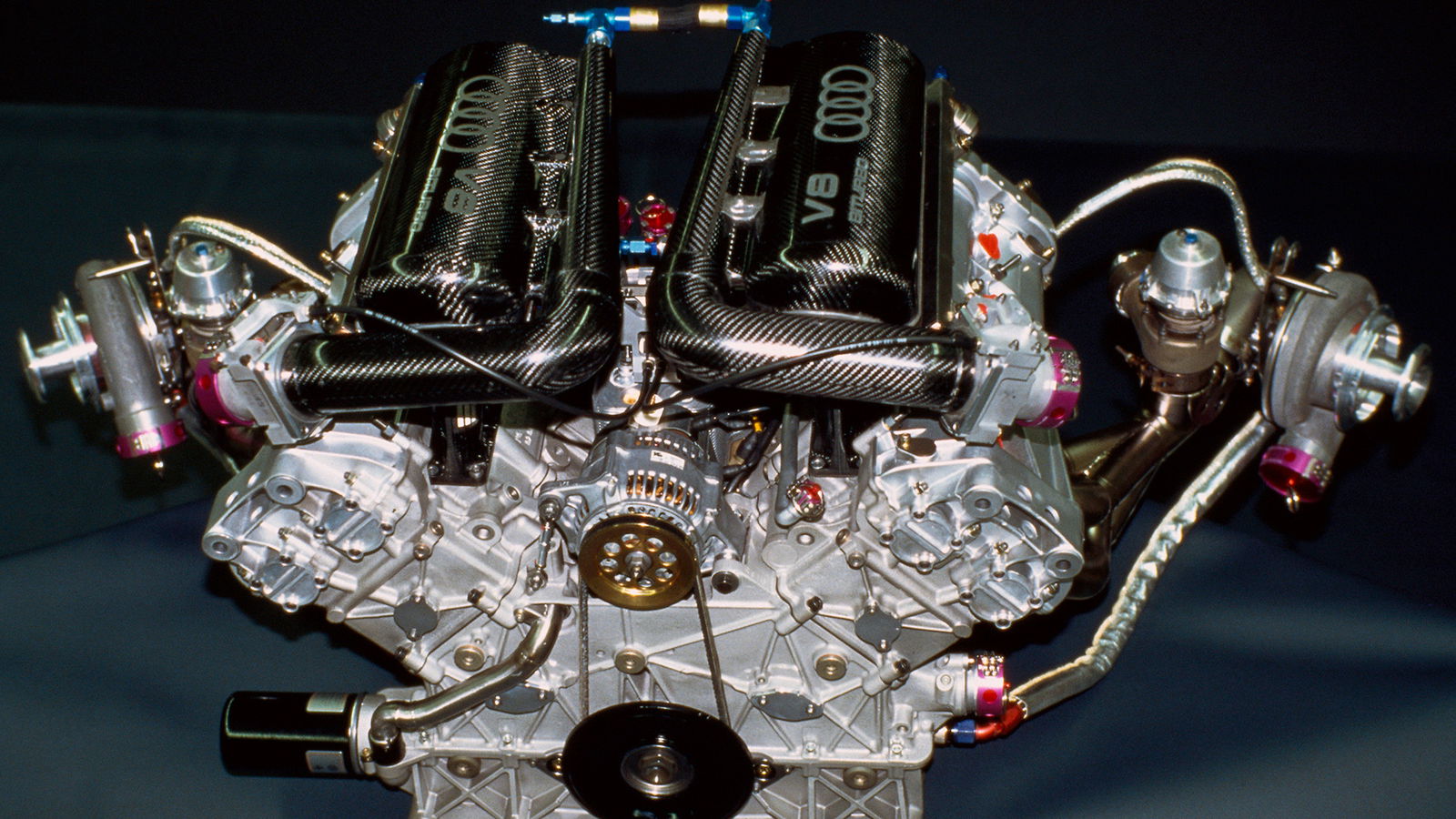
Turbochargers are very cool things, no question. Here’s a turbine in a snail-like housing that’ll turn waste exhaust gases into more power by means of forced induction. What’s not to like?
You know what’s better than one turbocharger, though? Two. Sometimes, anyway. Twin-turbocharging is an excellent means of making power, but it isn’t necessarily the perfect solution. We explain how it works, and when you should or shouldn’t consider it.
What is twin-turbocharging, and what are the different types?
Simple in concept. A twin-turbo setup sees two turbochargers working to force air into an engine for more power gains, rather than simply having one compressor working away. That naturally means more power or better efficiency, which on paper is a very good thing indeed. It’s more complex than that in reality, though, with a few different ways of twin-turbocharging engines available.
Parallel turbos
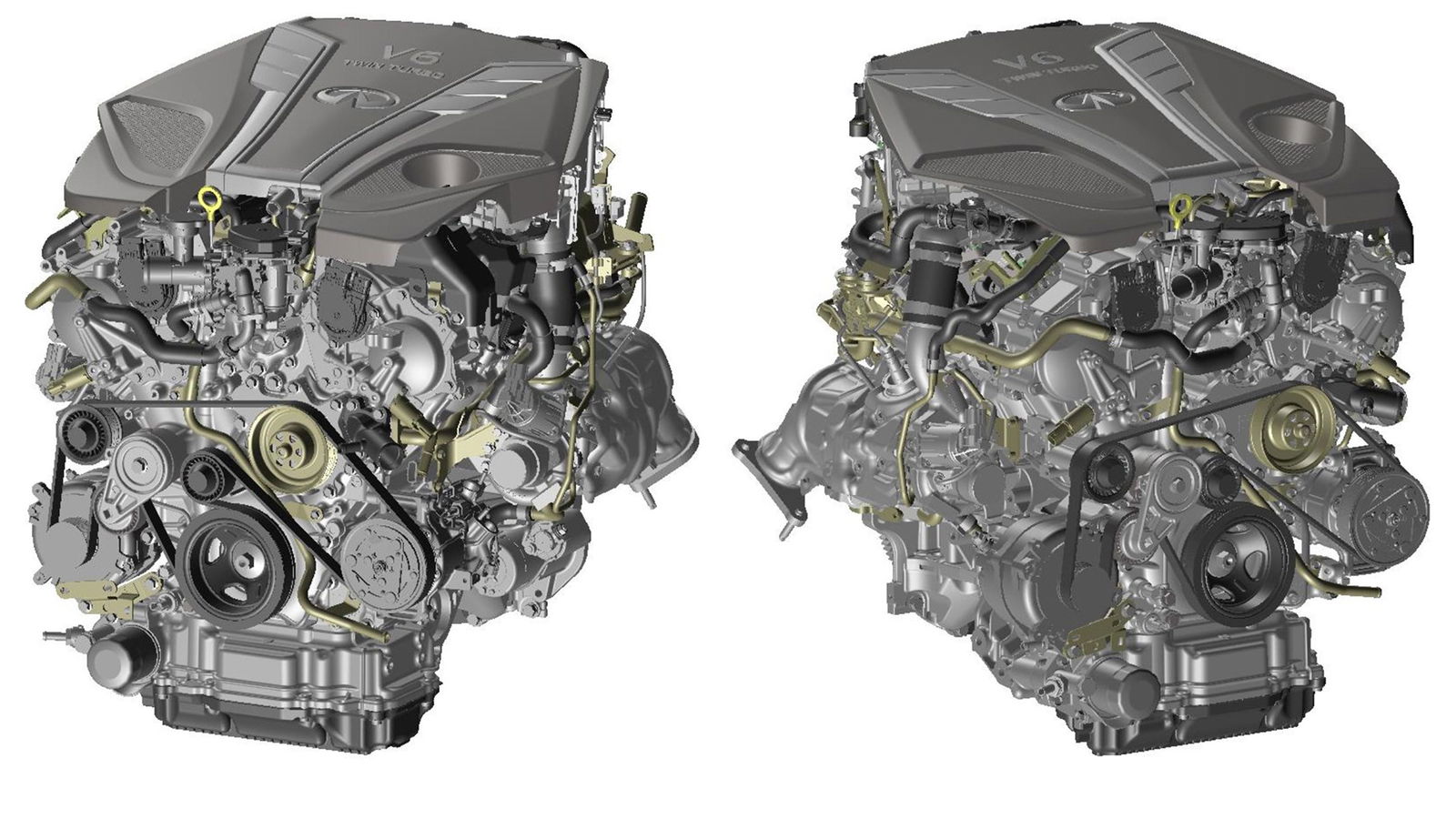
Parallel turbocharging is pretty simple to explain, with two equal-sized turbochargers in a system. This is common for V-shaped engines like V6s or V8s, which usually see a turbocharger covering a bank of cylinders of its own.
The benefit of that over a single turbocharger in the case of OEM systems is efficiency and packaging. Cars can produce the same power from two smaller turbochargers rather than one, meaning less pipework to fit around the engine and usually making it easier to fit in an engine bay. Smaller turbos can also spool up more quickly, reducing turbo lag. You do lose out on potential peak power gains from using larger, slower-spooling compressors, though.
Sequential turbos

Sequential turbocharging is usually the reserve of aftermarket builds, but it’s not unheard of from the factory. The Porsche 959 was the first to put it into production, and it’s also been deployed on the FD Mazda RX-7 and 2JZ-powered A80 Toyota Supra.
A sequential setup sees one smaller turbocharger designed to spool up at low revs to reduce lag, while a bigger turbocharger takes over higher in the rev range to produce more power. In these setups, a compression valve directs lower-energy exhaust gases to the smaller compressor before opening up higher in the revs to direct them to the larger turbocharger.
The benefit of this is a reduction in turbo lag, low in the rev range that single turbocharger setups may have, while still making a lot of boost high in the revs. In theory, perfect, but the complexity of these setups often brings with it reliability concerns and additional weight.
Staged turbos
Staged turbocharging is similar in many ways to a sequential setup, but operates slightly differently. Rather than having a smaller turbocharger feeding compressed air to the engine, it instead directly feeds that to a larger turbocharger for further compression.
With these setups, you can achieve some pretty sensational boost figures, which is great for peak power, but at the cost of lag.
When is a single turbo better than twin-turbocharging?
As we say, two is often better than one, but not always. If your only goal is to make the most power possible, a single turbocharger setup gives you the space for one huge compressor that makes big power and torque, usually at the cost of lag.
Generally speaking, a single turbocharger is also lighter and simpler in its form factor. It’s also pretty much your only solution for small displacement petrol three- or four-cylinder engines, which would struggle to feed two turbochargers.

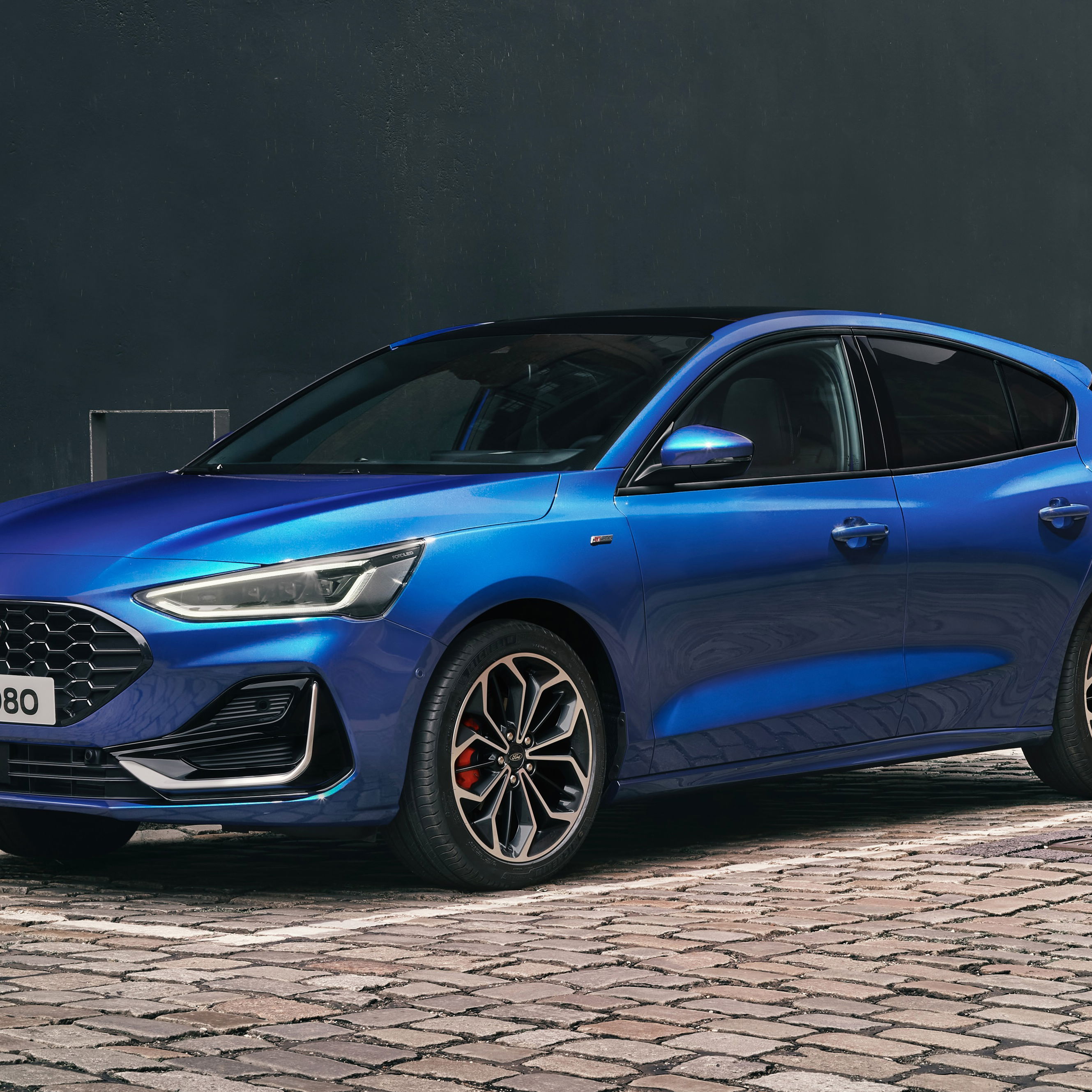
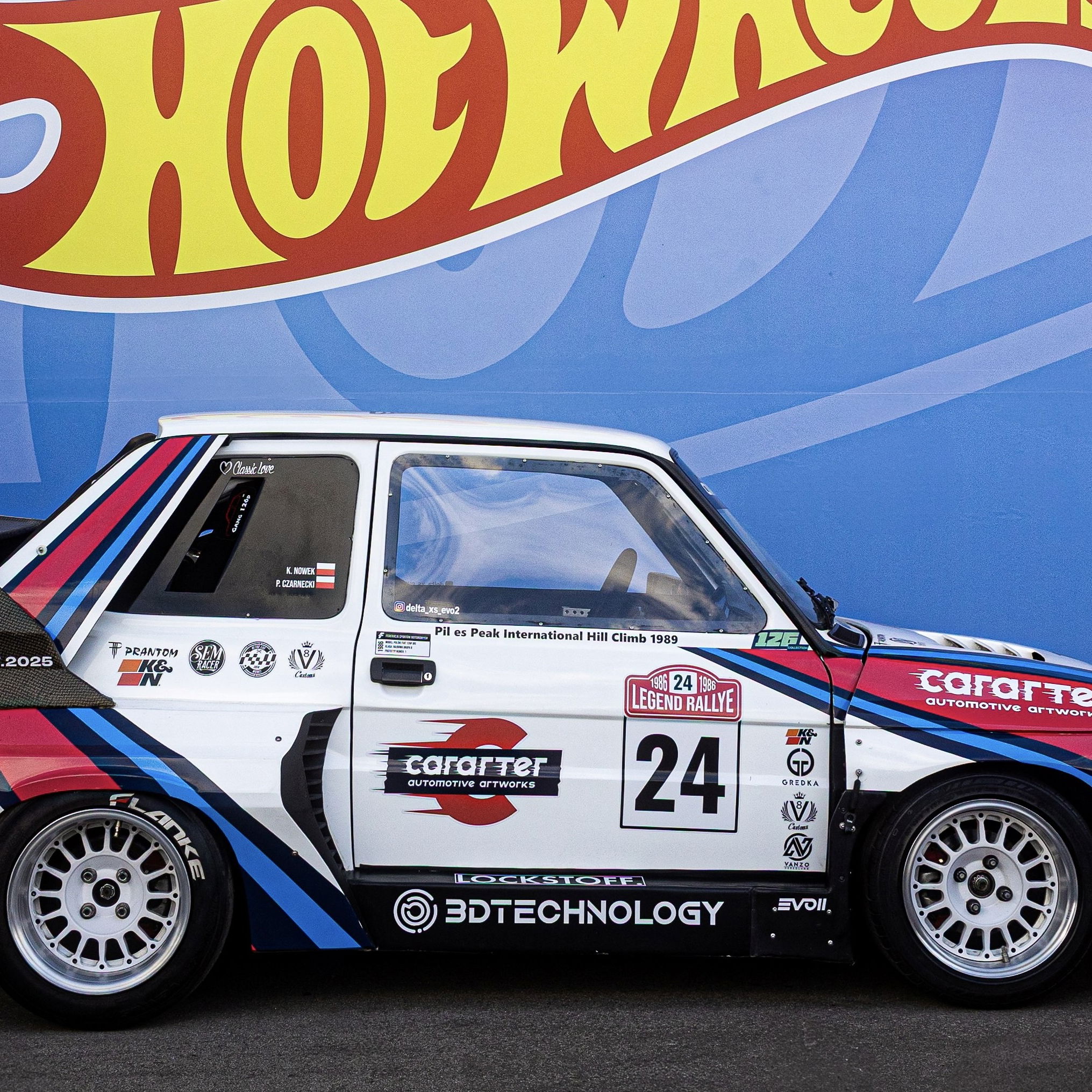
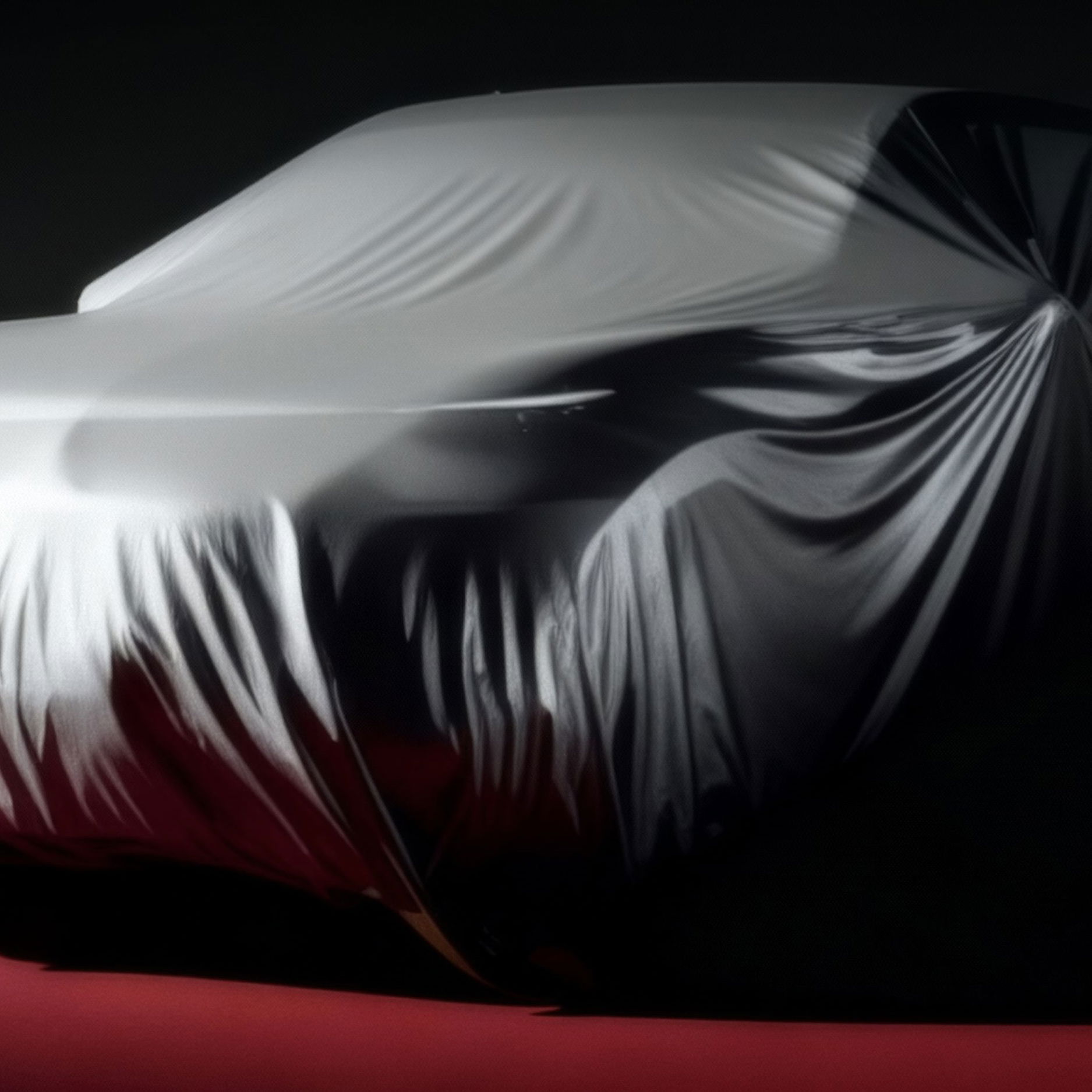
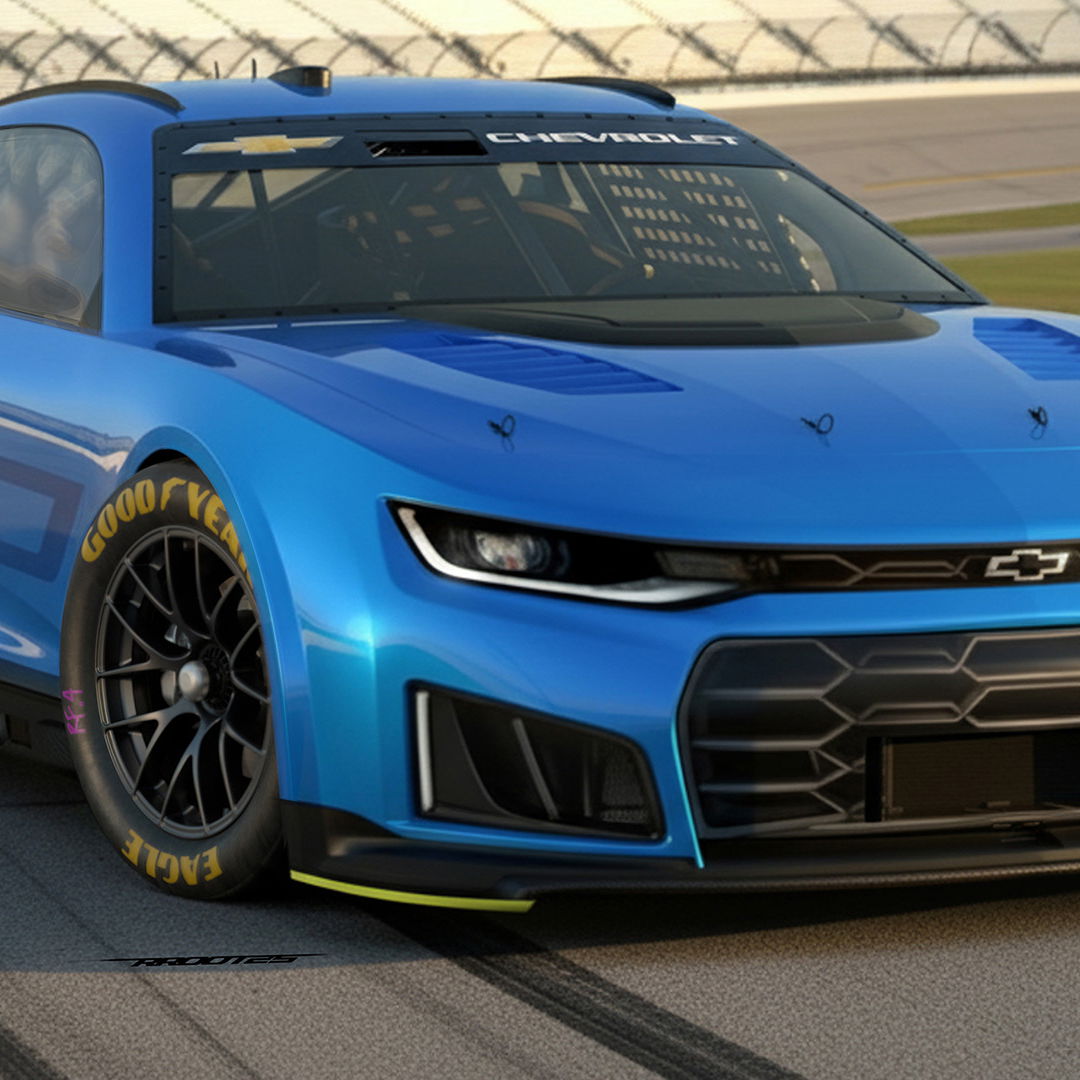








Comments
That’s one big wang
Yo want max boost kicking in? Well here’s the recipe:
5.???
Me when I read the topic
will any of those fit in my Honda??
this article sucks and I want to whine about it.
if you get my meaning 😉
I know it’s not twin turbocharging but… what about the “DSG” turbos?
Can anyone explain 2 Step?
But the question is will any of them fit in my Volvo?
Pagination